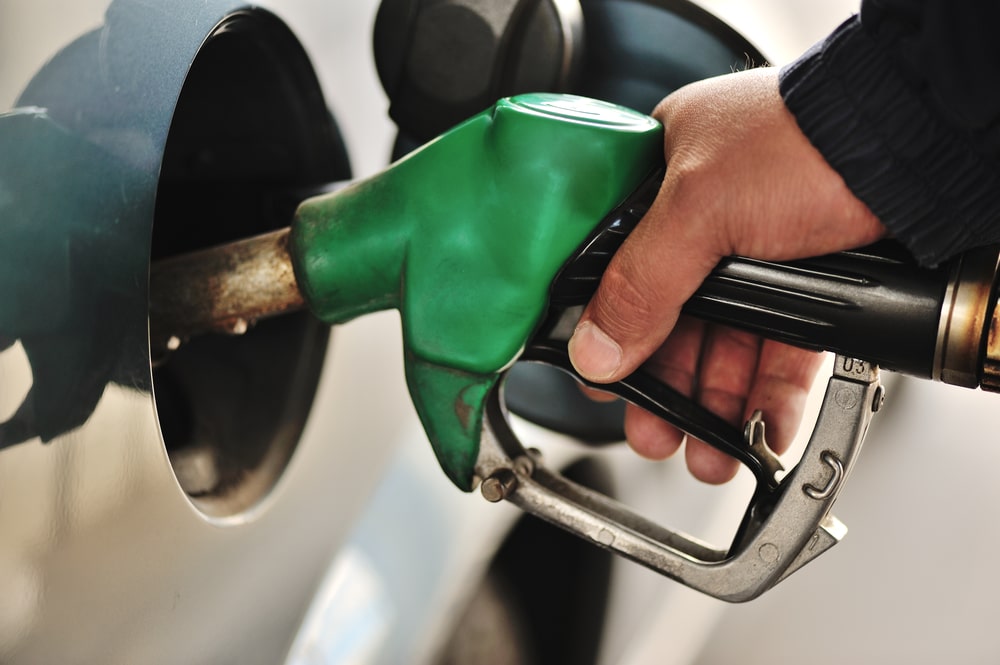Did you know that fuel-efficient driving not only helps you save hundreds of dollars each year but also prevents wear on your vehicle? Additionally, lower fuel consumption contributes to less carbon dioxide emissions and positively impacts the environment.
There are many benefits of adopting fuel-saving techniques on the road. Here are ten simple things you can do to start consuming less fuel and save money.

1. Check your fuel cap
Many drivers don’t realize that their fuel cap plays a big role in efficiency! A loose or damaged cap will cause fuel vapour to constantly leak out, reducing fuel economy. The first thing to do is check your fuel cap and be sure that it’s on tight. Twist until it clicks three times – that’s when you know it’s secured.
2. Keep up with regular maintenance
Regular car service in Calgary ensures that your car is operating up to speed. At CFM NAPA Autopro, we inspect your car for damages, and top-up fluids, and make recommendations for repairs or replacement.
Something as simple as using the correct engine oil can help your engine run more smoothly, improving your fuel economy as a result.
3. Measure your tire pressure
Driving a vehicle with tires under-inflated can increase fuel consumption and cause premature wear on your tires. Another advantage of maintaining regular car service in Calgary is that your auto technician can detect unusual signs of wear and ensure proper tire pressure levels.
4. Be mindful about braking and accelerating
The fewer hard braking and quick acceleration, the less fuel is used. Try to avoid these two as much as possible by reading the road ahead, anticipating traffic, and being aware of pedestrians and other drivers on the road.
5. Avoid idling your vehicle
Did you know that the average 3-litre vehicle can waste over 1 cup of fuel for every 10 minutes it idles? If you’re stopped for more than a minute, aside from being in traffic, it’s best to turn off your engine to save fuel.
6. Remove unnecessary weight
When a vehicle is weighed down by items such as equipment, salt, and sand, it requires more power to operate. The less your vehicle weighs, the less fuel it will use.
7. Remove your roof rack when not in use
A roof rack increases wind resistance, which lowers fuel economy. We recommend removing your roof rack when not in use.
8. Plan ahead
If you’re going on a road trip or you have a full day ahead of errands around the city, plan your route ahead of time. Avoid construction, schedule a car service before a trip, and plan your day around high-traffic time.
9. Use cruise control
Maintaining a constant speed helps reduce fuel use. On the highway, turn on cruise control and stay within the speed limit. In the city, keep a good distance between you and the car in front in case the car slows down or stops suddenly.
10. Don’t wait until you’re on empty
We recommend filling up your tank when it’s at the halfway point. When you wait until the tank is almost empty, you’ll be more likely to pull up to the nearest gas station regardless of the price.
To help save on fuel costs, take advantage of gas-tracking apps, join a membership club, and take the time to do some research on fuel rewards. A little bit of effort can go a long way!






